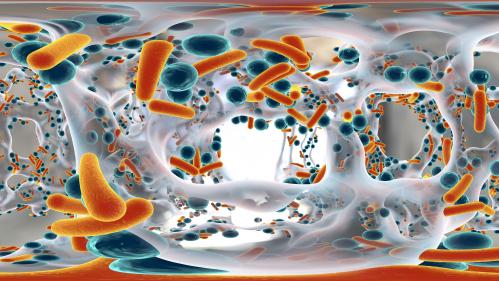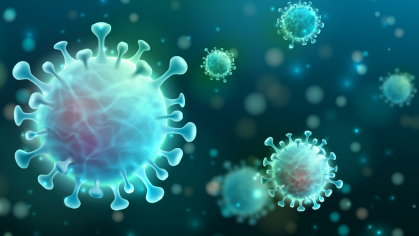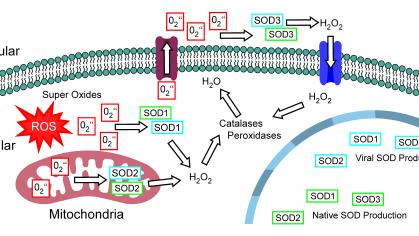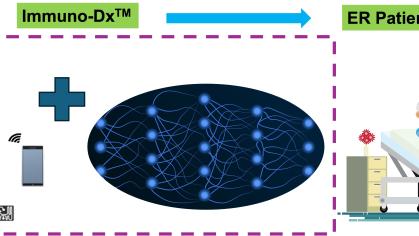Surface Functionalization Against Microbial Infections and Biofilms

Inventor(s): Enver C. Izgu, Zhaojun Jia
Awarded: January 2021
Summary: More than 700,000 healthcare-associated infections are reported in the U.S. annually, many with life-threatening consequences. A significant portion of these infections stem from biofilms, which are polymeric aggregates from microorganisms that colonize and form protective barriers on medical devices, specifically orthopedic and dental implants. Mature biofilms are extremely challenging to treat and require high doses of therapeutics, putting patients at risk of systemic toxicity.
To address these challenges, the team is developing a highly adaptable and controllable surface functionalization technology that can be directly applied to existing orthopedic and dental implants. This technology involves a chemical redox mechanism that uses a small-molecule monomer to site-specifically graft solid materials with complex molecules of diverse structure and biological activity. It can be tailored to prevent microbial adhesion and biofilm formation on device surfaces with varying geometries as well as individual microbe types. Another major advantage of the technology is the ability to introduce multiplex surface functionalization. By co-grafting osteogenic biomolecules, implants can be further configured to promote bony tissue formation, accelerating the rate of bone-implant integration.
Market Applications:
- Addressable annual global market reaches up to $51B for orthopedic and dental implants combined.
- Addressable annual U.S. market for medical devices includes 640,000 patients for orthopedic implants and 500,000 patients for dental implants.
- Primary focus is to target peri-implantitis and periprosthetic joint infections, which impact at least 170,000 patients annually.
- Primary patient population consists of people at age 65 and older, as they suffer the most from tooth loss or osteoporosis.



